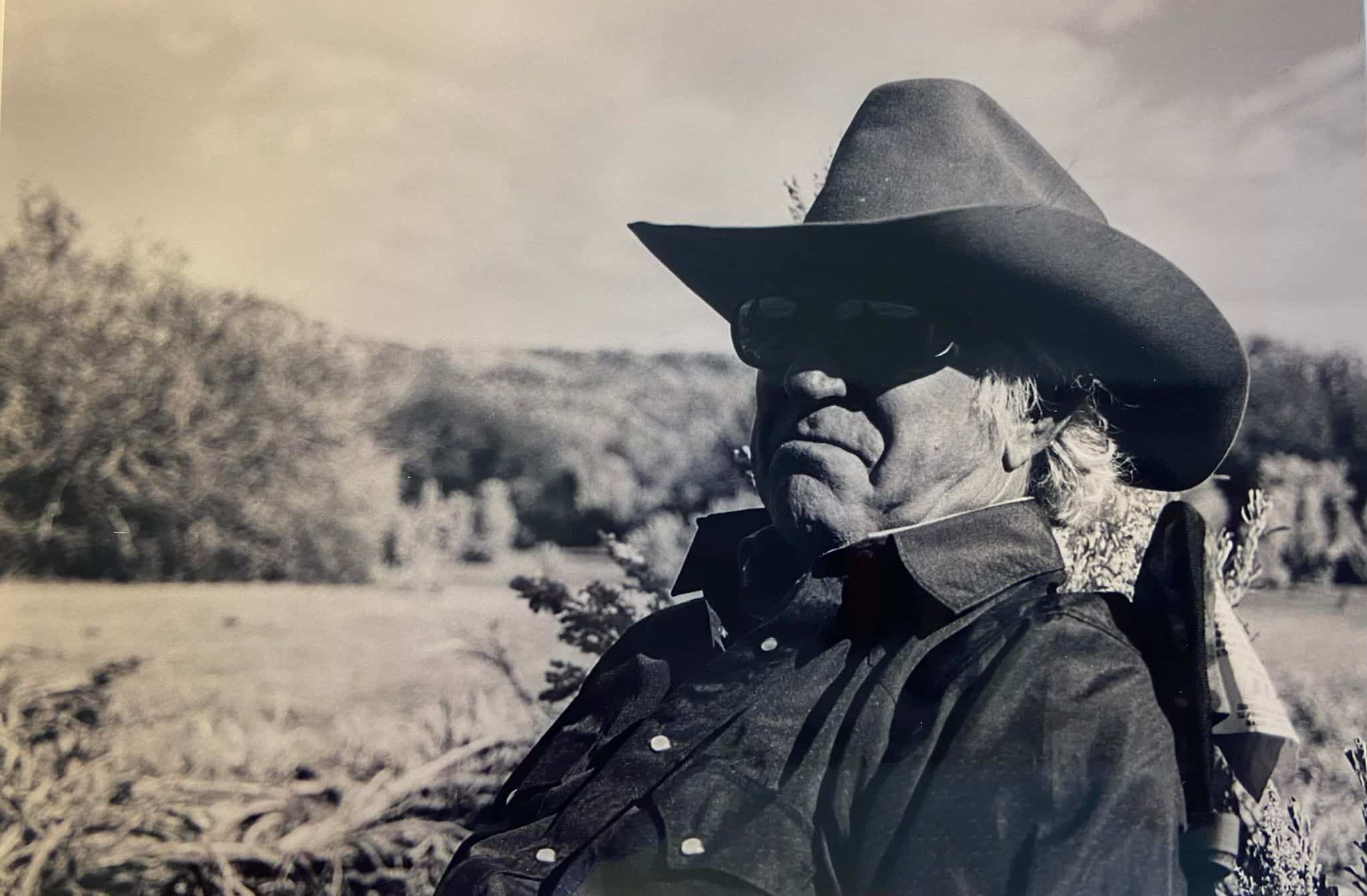Treadmills for Diagnosing Lameness
Quiet progress in using sophisticated techniques for diagnosing lameness has been taking place in research laboratories around the world. Researchers from Missouri to Australia and from Virginia to Switzerland are perfecting techniques for utilizing high-speed cameras and treadmills to diagnose obscure lamenesses and help determine correct trimming and shoeing procedures for individual horses.
Another approach that is still in the developmental stage at the equine clinic of the University of Missouri-Columbia Teaching Hospital involves evaluating lameness by using body sensors to send wireless signals to a computer without the use of a treadmill (see "Transducer Diagnostics" on page 46).
The research, both with the treadmill and with the wireless body sensor approach, promises multiple benefits to farriers and veterinarians in their ongoing struggle to diagnose obscure lameness in horses.
Leading a research effort at the University of Missouri-Columbia is Kevin Keegan, DVM, MS, Dipl. ACVS, associate professor of equine surgery, who has presented papers and lectured at various forums around the world. Research work and practical adaptations of the treadmill and high-speed photography techniques are also occurring at the Equine Centre, University of Melbourne, Australia; the University of Austria in Vienna; Michigan State University, where much research has been conducted involving gait analysis; and the University of Zurich in Switzerland, which houses the world’s only force-measuring equine treadmill. A treadmill for use in lameness diagnosis has been installed at the Marion du Pont Scott Equine Medical Center, Virginia-Maryland Regional College of Veterinary Medicine, but, says Nathaniel A White II, DVM, MS, Dipl. ACVS, "We are not at a stage where we have anything to report." The treadmill at the medical center is housed in the James P. Mills Diagnostic Treadmill building that was constructed in 2003
Create a free account with TheHorse.com to view this content.
TheHorse.com is home to thousands of free articles about horse health care. In order to access some of our exclusive free content, you must be signed into TheHorse.com.
Start your free account today!
Already have an account?
and continue reading.

Written by:
Les Sellnow
Related Articles
Stay on top of the most recent Horse Health news with















